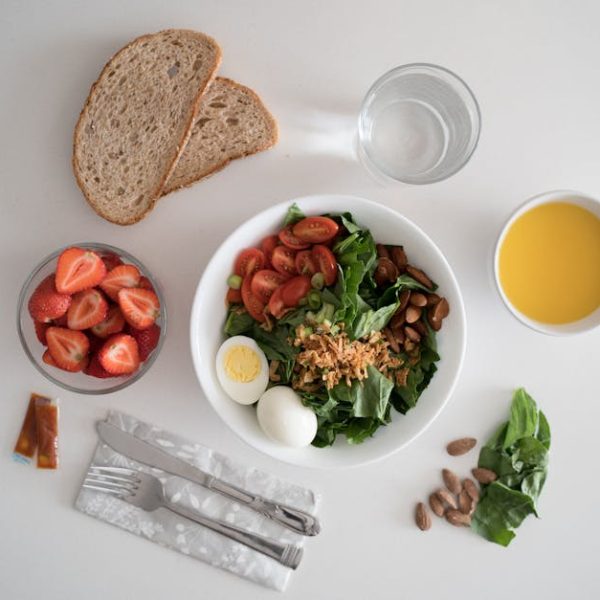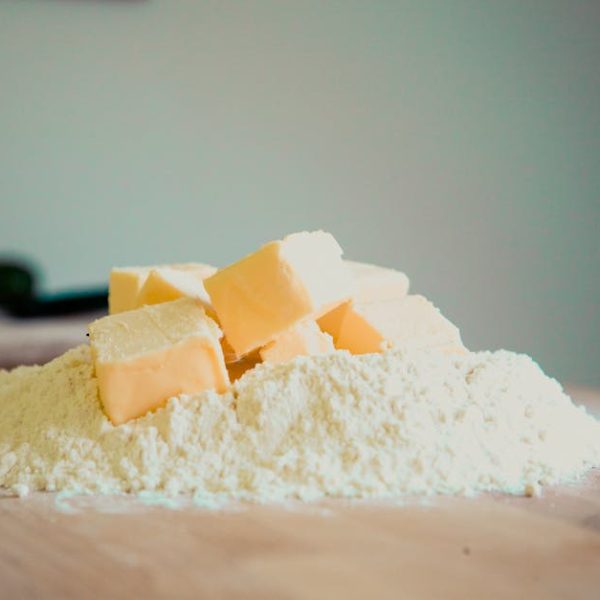The safety of storing and consuming chicken salad is quite simple when the basic rules of food hygiene are followed. The typical shelf life of chicken salad, when properly stored, is approximately three to five days in a refrigerator set at around 40 degrees Fahrenheit (4 degrees Celsius). However, different factors such as storage conditions and temperature variations could modify this range.
- Storage Environment: The storage location plays a significant role in determining how long the salad is safe to consume. At room temperature, the salad begins to spoil within just two hours. However, in the fridge or freezer, its life is extended significantly.
- Storage Conditions: The chicken salad’s safety largely depends on how it was stored. If it was immediately refrigerated after preparation or kept in an air-tight, correctly sealed container, the salad will maintain its freshness for longer.
- Time: One significant factor to consider is the salad’s age since its preparation. Always take note of this before indulging, as it’s a significant determinant of the salad’s safety.
Pro Tip: ⚡️ Always remember to note the preparation date of your chicken salad. This small action minimizes the risk of consuming spoiled food.
Significance of Safe Storage Practices for Chicken Salad
Properly storing chicken salad is crucial. Not only does it extend the salad’s lifespan, but it also ensures that the chicken salad remains safe to consume.
Checklist for storing chicken salad correctly includes:
- Store the salad at a proper temperature, ideally below 40 degrees Fahrenheit (4 degrees Celsius).
- Use sterile, airtight containers for your salad to prevent the risk of cross-contamination.
- Keep your salad separate from other food items and don’t leave it out for more than two hours.
Best Practice: ️ Storing cooked chicken salad in the refrigerator immediately after it cools can make it safe to consume for up to 3-5 days. However, in the freezer, its life extends to approximately 2-3 months.
Identifying Spoilage in Chicken Salad
Sometimes, despite taking every precaution, the chicken salad may still spoil. Learning to identify the signs of spoilage is critical, as consuming spoiled chicken salad can lead to foodborne illness.
The following are red flags to look out for:
- Unpleasant Smell: If your salad starts emitting a funky, off-putting smell, it’s likely spoiled.
- Altered Taste: A sour flavor, an off taste, or any significant change from the original taste should signal spoiled salad.
- Visible Mold: Any surface mold or discoloration is a sure sign of spoilage.
- Textural Change: If the salad feels slimy or unusually creamy, it’s likely unsafe to consume.
Pro Tip: ⚡️ Even if the salad looks good and is within the safe time frame, always perform a sniff and visual check before consuming. Trust your senses – if it smells funny, always discard it!
Importance of Food Safety and Chicken Salad
An awareness of your chicken salad’s shelf life is crucial for maintaining food safety and preventing food-borne illnesses. Food poisoning comes with unpleasant symptoms that none of us enjoy experiencing.
When comparing safety levels between homemade and store-bought chicken salads:
| Homemade Chicken Salad | Store-bought Chicken Salad | |
|---|---|---|
| Shelf Life | Shorter because of the fresh ingredients with no added preservatives | Longer because of added preservatives |
| Ingredients | Control over ingredients, meaning homemade salads can be healthier | Inclusion of additives and preservatives, which can extend shelf life but possibly impact overall health |
| Safety | Depends on practices used in preparing and storing at home | Undergoes regulated safety checks, but also potentially exposed to mass storage and shipping practices |
Best Practice: ️ Be watchful of your leftovers. Refrigerate any leftover chicken salad promptly. If your chicken salad has been left out at room temperature for more than two hours, it would be safer to discard it.
Ensuring Quality and Taste of the Stored Chicken Salad
The quality and taste of your chicken salad can decline as it’s stored. This is why it’s crucial to take steps to ensure the flavor and texture of your salad remain intact.
To maintain the taste and texture:
- Use acidic ingredients like lemon juice or vinegar. They can preserve the salad’s flavor and also prevent bacterial growth.
- Seal your chicken salad in airtight containers before placing it in the refrigerator. Oxygen can degrade food, and this method prevents its exposure.
- Mix your salad well before storing so that the flavors penetrate every part of the salad.
Pro Tip: ⚡️ Old salad lacking in flavor? Try adding some fresh ingredients to liven it up! Some fresh veggies or a splash of lemon might just do the trick.
These best practices of storing your chicken salad can save you from experiencing any unpleasant health issues. And not only that, but they’ll also ensure that your meal tastes as delicious as the moment you first made it – even days later!
Key takeaway:
- The average shelf life of chicken salad when kept under appropriate storage conditions is about three to five days.
- The significance of maintaining proper storage conditions such as the right temperature, use of an airtight container, and avoidance of cross-contamination.
- Identifying the signs of spoilage like changes in smell, taste, color, and texture is essential in avoiding food-borne illnesses.
- Food safety is crucial, which includes proper handling of leftover chicken salad and not eating chicken salad that’s been left out for too long.
Remember that freshness and safety go hand in hand. With good storage practices and a watchful eye for spoilage signs, you can enjoy your chicken salad past the day you’ve prepared it. Now, isn’t that something to relish?
FAQs
Q: Is it safe to eat chicken salad left out overnight?
A: It is not recommended. Bacteria grow rapidly at temperatures between 40°F and 140°F; chicken salad should be discarded if left out for more than 2 hours at room temperature.
Q: How can I tell if my store-bought chicken salad has spoiled?
A: Appearance, texture, smell, and taste can indicate spoilage. This includes changes in color, off-putting odor, unusual creamy or slimy texture, and an off taste.
Q: Can I freeze chicken salad?
A: Yes, you can freeze chicken salad. Doing so properly extends its life to about 2-3 months.
Q: How can I improve the flavor of my stored chicken salad?
A: You can add fresh ingredients before serving to enhance the flavor. Acidic components like vinegar or lemon juice can also help.
Q: How does the shelf life of homemade chicken salad compare with that of store-bought ones?
A: Store-bought chicken salad generally has a longer shelf life due to added preservatives. Homemade chicken salad, though healthier, typically last for a shorter period due to the freshness of ingredients and lack of preservatives.
Make the most out of your chicken salad by knowing when and how to store it safely. If you enjoyed this article, feel free to share it and browse more helpful posts on our website.






